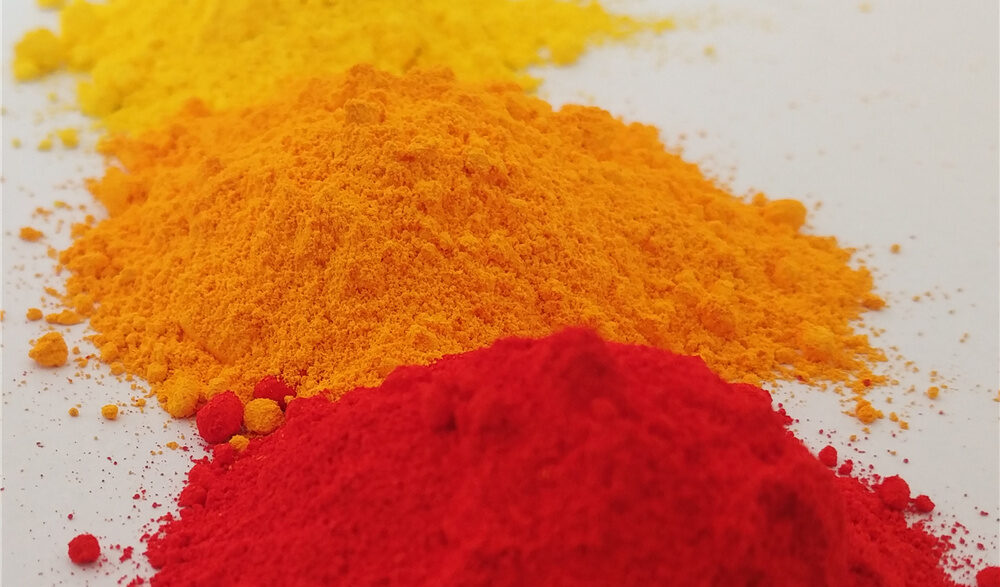International Cadmium Association
Cadmium.org
Working towards a sustainable future.
ICdA
The International Cadmium Association (ICdA) is supporting the cadmium industry on the Environmental, Health and Sustainability fronts with programs aiming at assessing and reducing cadmium exposure of workers and risks to the environment. Uses of cadmium and its compounds are very strictly regulated, managed and controlled. Providing correct information and demonstrating adequate Risk Management Measures are effectively implemented, is of utmost importance to justify the activities of the cadmium industry and the continued uses of cadmium and its compounds in essential and well-defined applications. Several of these applications are critical for the success of the clean energy and digital transition or have no substitute.
ICdA is pro-active in collecting from industry and providing to regulators information on health and environmental effects related to the intended processing and use of cadmium. The ICdA and its members exchange best practices towards protection of the environment and workers health and safety. Members of ICdA are actively participating in workplace air monitoring and bio-monitoring programs which demonstrate regular progress in worker protection.
Introduction
Cadmium is a naturally occurring element with an average concentration of 0.3mg/kg in EU topsoil. The natural source of airborne cadmium is mainly from volcanic emissions and is estimated at 14.7 t/a in the EU. After a more than 10-fold reduction over the past decades, the atmospheric emissions from anthropogenic sources in the EU are today of the same magnitude as emissions from natural sources. Due to relatively high cadmium concentrations in tobacco, smoking behaviour has become the single largest source of cadmium exposure for both the general population and most of the occupational exposed workers.
APPLICATIONS
Cadmium is a relatively rare element and is not found as pure metal in nature. It occurs mainly in association with sulphide ores of zinc, lead and copper. Cadmium has only been produced commercially in the twentieth century as a by-product of the zinc refining industry. Annual production and consumption has been rather flat over the past 20 years at approximately 25,000 tonnes. To minimize risk of exposure to cadmium, its applications have gradually been restricted to a limited number of professional and industrial uses, where appropriate measures are in place to minimize exposure. In these applications, cadmium provides unique physico-chemical properties linked to its atomic structure (both nucleus and electronic) which other elements do not display. While this shift has been completed in the EU and most of the Western World, it is still in progress elsewhere.
EU28 CADMIUM APPLICATIONS (2019) 2500t
(*) Pigments manufacturing is located in the UK
WORLD CADMIUM APPLICATIONS (2019) 25600t
(*) application not authorised in the EU
NiCd batteries
When it comes to use life, reliability, sturdiness and operational temperature range, industrial NiCd batteries outperform the standard battery technology. NiCd batteries are the preferred choice of equipment manufacturers and operators to supply critical back-up power functionalities which ensure the safety of passengers in case of main power failure in underground metros systems, high-speed trains and commercial aircrafts.
In industry, NiCd batteries supply back-up power to mission-critical industrial assets. These include nuclear power plants, steel mills, off-shore platforms, refineries, emergency lighting and alarm systems in hospitals, as well as navigation assets such as lighthouses and buoys.


Pigments
Coatings
The unequalled properties of cadmium coatings provide the ultimate performance for those applications that require high safety standards in the aeronautical, aerospace, mining, offshore and nuclear sectors where cadmium coatings are applied to bolts, fasteners, connectors, landing gear and electrical connectors.


Alloys
Infrared Detection


Photovoltaics
VOLTAICS
About Cadmium
Cadmium recycling
CADMIUM ARTICLES
The 2024 update of the ICdA Guidance “Management of the Risks Related to Chronic Occupational Exposure to Cadmium and its Compounds” is now available.
ICdA & IZA/REACH Cadmium Consortium publish on the effectiveness of the implementation of a combination of air- and biomonitoring at the workplace.
ICdA position on setting an occupational exposure limit value in air (OEL) together with a biologic limit value (BLV) for cadmium in urine.
CONTACT US
Phones:
Tel. : +32 (0) 2 776 00 73
Fax. : +32 (0) 2 776 00 92
Emails:
contact@cadmium.org
Addresses:
168 Avenue de Tervuren BOX4
B-1150 Brussels

